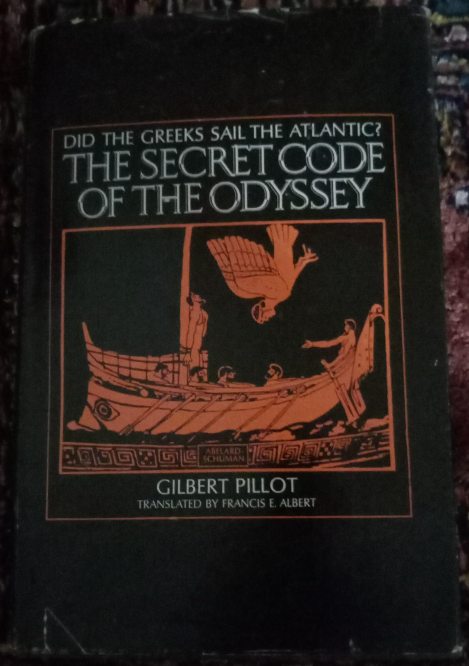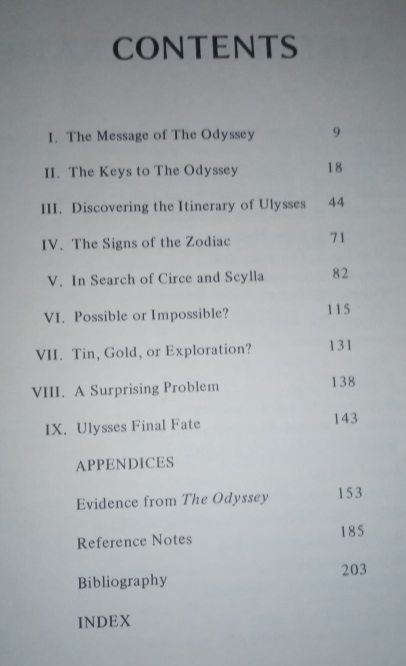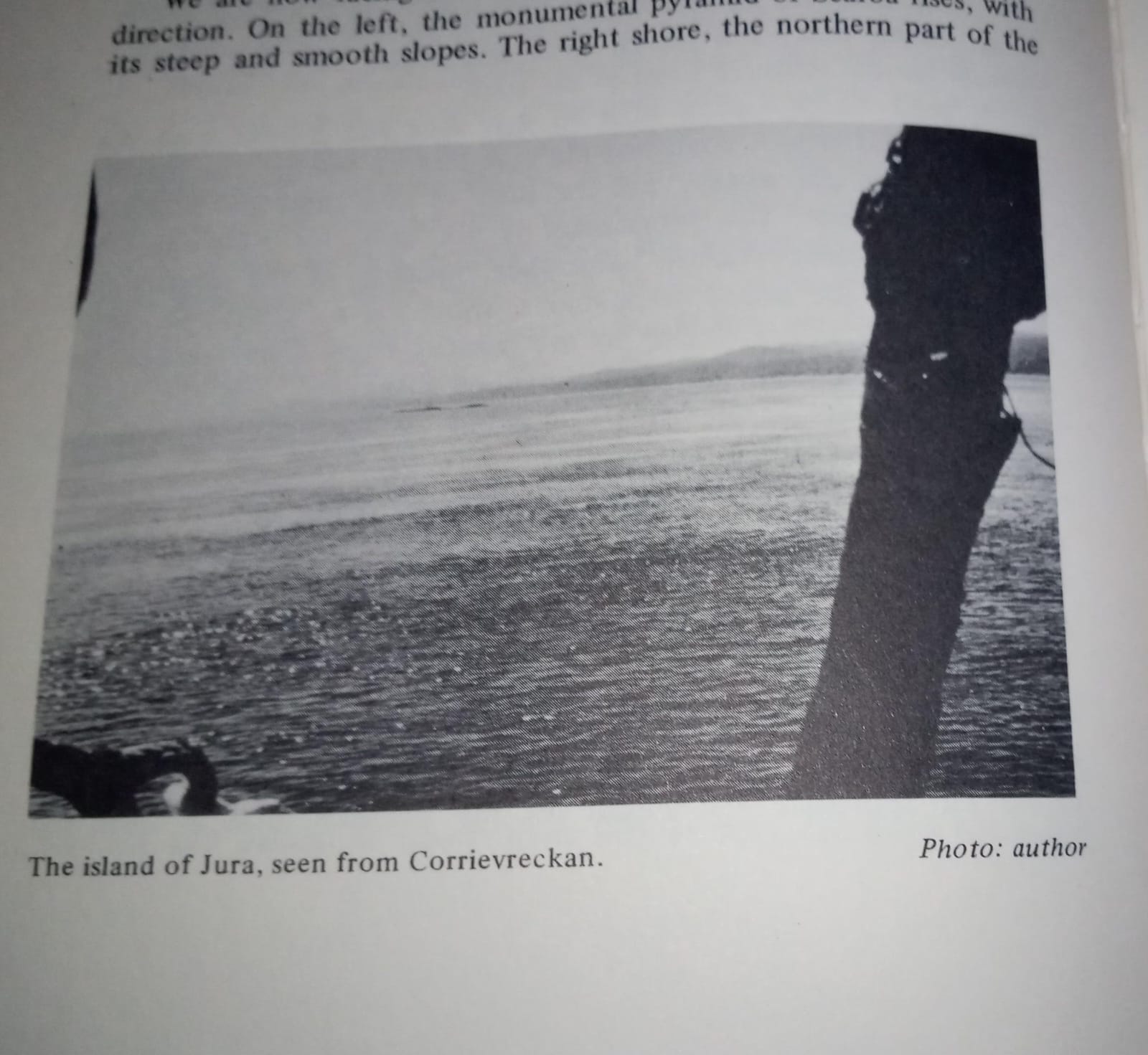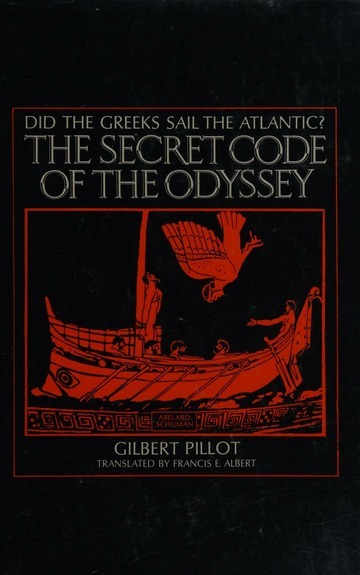Hacking The Secret Code of the Odyssey
Gilbert Pillot unveils with a fascinating exploration hidden aspects of the legendary Homeric epic.

It offers readers a unique perspective that goes beyond the familiar storyline, presenting theories and revealing allegories that challenge traditional interpretations of the Odyssey. Pillot’s work is appreciated for its intriguing blend of literary analysis and adventurous speculation, making it a captivating read for anyone interested in mythology, classical literature, and the mysteries surrounding ancient texts.

Pillot’s work departs from the traditional view of the Odyssey as a mythic adventure and moral allegory, instead proposing that the epic is a sophisticated navigational code. According to Pillot, the Odyssey was crafted as a mnemonic device for ancient mariners, encoding practical information about trade routes—particularly those leading to the tin-rich regions of the North Atlantic. He further contends that many of the epic’s fantastical locations correspond to real-world sites far beyond the Mediterranean, such as the identification of the Scylla-Charybdis whirlpool with the Corryvreckan off Scotland.

Pillot’s thesis is both ambitious and controversial. His reframing of the Odyssey as a practical manual rather than a literary or moral text represents a significant challenge to established interpretations. The argument that Homer’s allegories serve a utilitarian function—transmitting navigational knowledge rather than universal truths—invites readers to reconsider the very purpose of epic poetry in the ancient world.
Despite its speculative nature, “The Secret Code of the Odyssey” makes a valuable contribution by expanding the range of interpretive possibilities for Homer’s text. Pillot’s work exemplifies the potential for interdisciplinary approaches—blending literary analysis, geography, and ancient history—to yield fresh insights. Even if mainstream scholarship remains skeptical, the book stimulates important debates about the origins, purposes, and meanings of the Odyssey.

The value of the first UK edition (published by Abelard-Schuman in 1972), copies in good condition typically sell in the range of approximately £100 to £200 or slightly more depending on condition, rarity, and demand from collectors. The hardcover first edition is noted to be a collectible and already it went to be extremely rare or and will be shortly after highly priced.














